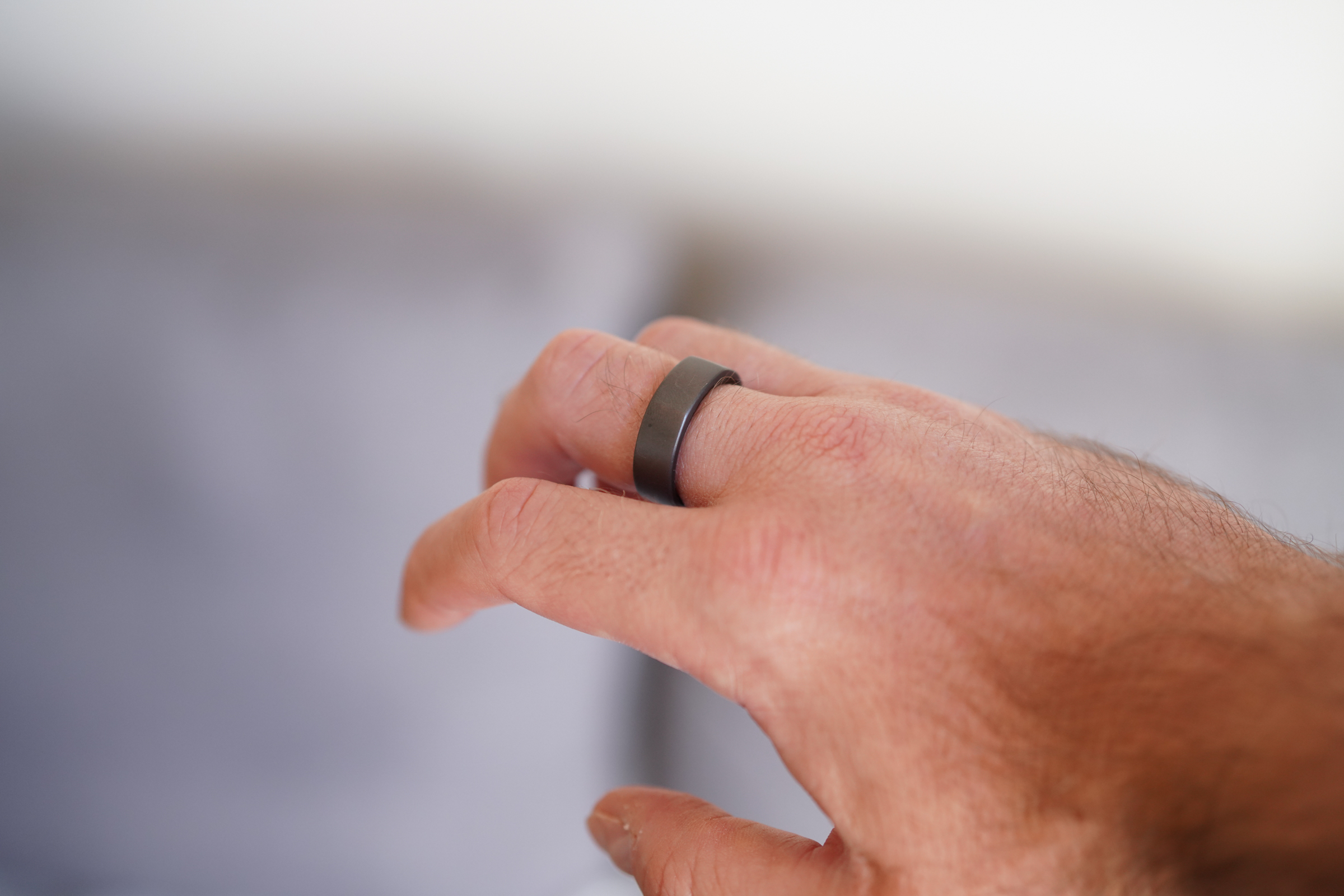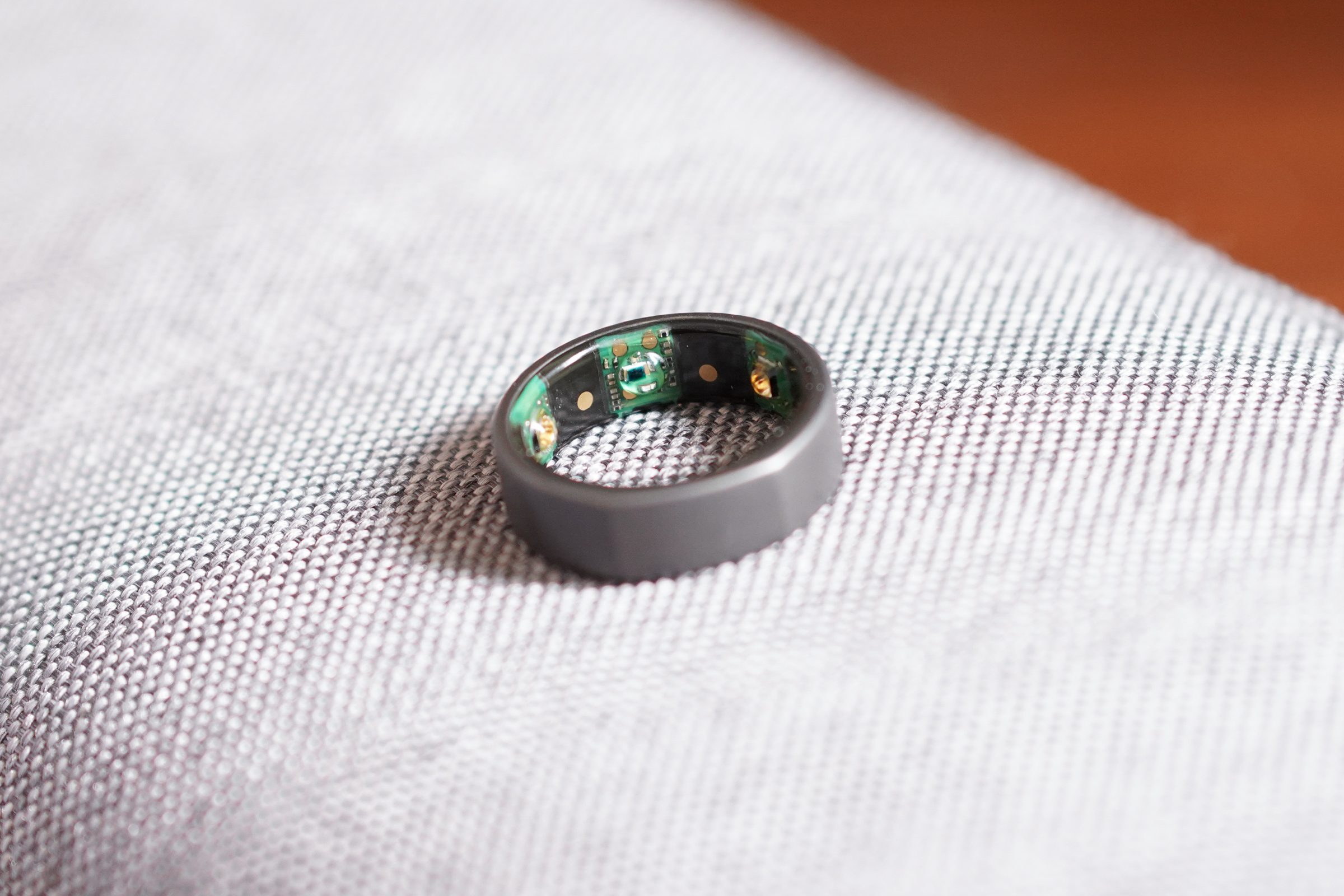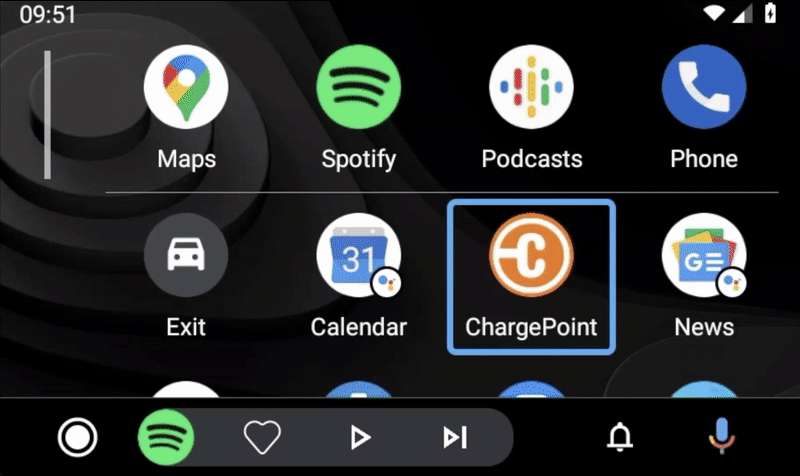The Oura Ring has been getting a lot of attention lately because of its role in a number of COVID-19 studies, as well as its adoption by both the NBA and WNBA as a potential tool for helping prevent any outbreaks of the novel coronavirus as those two leagues get back to a regular schedule of play. Oura has released multiple generations of the Ring, which is a health and fitness tracker that reports a range of data, and I’ve spent the past month using one to see what all the fuss is about.
The basics
The Oura Ring is a health tracker that’s unlike just about any other wearable with a similar purpose. It’s a ring that’s virtually indistinguishable from an actual ring without any smart features, available in a couple of different designs and multiple finishes. The Ring has sensors located on the inside surface, but these barely add to its overall thickness and are totally hidden when the ring is worn.
Despite its small size and low profile, the Oura Ring is still a connected device, with an internal battery, and the ability to talk to a smartphone via Bluetooth to transmit the data its sensors collect. In the box, you also get a USB-C stand for the Oura Ring that powers it up via induction charging.
The built-in battery is good for up to seven days of continuous use – and that includes wearing the Oura Ring during sleep. During my usage, that seemed to be an accurate estimate. In general, though, the battery life just seemed to be ‘long enough,’ prompting me not to really think about specific spans, and charging is so quick that it’s easy to just remember to put it on the dock occasionally when it’s convenient (I would often do this during the work day while at my desk, where I keep the Oura dock). Oura’s app also sends helpful notifications to remind you to charge before bed when you’re getting close to the end of your ring’s battery life.
Design
Oura’s design for this most recent iteration of their Ring is fantastic – both as just a piece of jewelry, and doubly so as a connected health and activity tracker. It’s available in two styles, called “Balance” and “Heritage,” both of which come in multiple metallic finishes. There’s a polished silver and gloss black option for both, while “Balance” has a premium-priced version with inlaid diamonds, and “Heritage” has a matte black finish option (which I reviewed).
 All the various finishes ore made of a lightweight titanium, with a molded plastic inner to protect the sensors and provide transparency for them to work. The exterior finishes are all coated with a scratch-resistant outer layer – but just like with just about any other metal jewelry, scratch-resistant isn’t scratch proof. The matte black finish I reviewed is definitely showing some wear and tear after multiple weeks of use, but that’s something I was fully expecting, and it’s surprisingly resilient given how often it comes in contact with other metal surfaces, stone and whatever else you come in contact with on a daily basis. The minor blemishes that appear lend it a pleasing patina, rather than negatively impacting its aesthetics, in my opinion.
All the various finishes ore made of a lightweight titanium, with a molded plastic inner to protect the sensors and provide transparency for them to work. The exterior finishes are all coated with a scratch-resistant outer layer – but just like with just about any other metal jewelry, scratch-resistant isn’t scratch proof. The matte black finish I reviewed is definitely showing some wear and tear after multiple weeks of use, but that’s something I was fully expecting, and it’s surprisingly resilient given how often it comes in contact with other metal surfaces, stone and whatever else you come in contact with on a daily basis. The minor blemishes that appear lend it a pleasing patina, rather than negatively impacting its aesthetics, in my opinion.
The Oura Ring is also fixed in terms of sizing and fit, and the company has come up with a clever way to handle ensuring a good fit for customers. They offer a free sizing kit that they ship out first so that you can figure out which Oura size is most comfortable, and decide on which finger you want to wear it. Size is important because you want the Oura Ring to fit snugly enough that it won’t fall off or shift around too much, but also not too snugly that it becomes uncomfortable.
Ultimately, the design is fantastic because it’s both an attractive ring, and an incredibly comfortable device to wear all day – and through the night. Unlike even an Apple Watch or other wrist-worn wearable, there’s virtually no adjustment required for getting used to wearing it while sleeping, or any discomfort from various types of bands. It’s the first wearable I’ve used where I truly was able to forget that I was wearing one at all, and it’s one that no one else will realize you’re wearing, either.
Features and performance
So what does the Oura Ring actually track? A lot of things, actually. It measures sleep, as mentioned, as well as various other metrics under two other broad categories: Readiness, and Activity. Sleep, Readiness and Activity all provide one overall summary score out of 100 to give you a topline sense of where you’re at, but each is actually calculated from a range of sub-metrics that add up to that larger score.
Oura’s sleep tracking is much more in-depth than the forthcoming Apple Watch sleep tracking that Apple is releasing with its next watchOS update in the fall. It monitors when you go to sleep, how long you sleep, how much of that qualifies as “deep” and how much is “REM,” and gives you a metric or you sleep efficiency, your time in bed, your total sleep time and more. Readiness tracks your ambient body temperature, heart rate variability, respiratory rate and your resting heart rate, while activity automatically measures calorie burn, inactive time, you steps and how close you are to your overall activity goal.

Image Credits: Darrell Etherington
For all three of these categories, you can dive into each individual sub-metric and see trends over time or individual scores per day, but you can also just look at the overall score, which is provided in a feed-like dashboard in the app and accompanied by practical, actionable advise about what to do with your day, your activity or your sleep habits based on that score and how it’s trending.
It’s at once both the easiest to understand health tracking app I’ve used, and also one of those with the most depth when it comes to digging into what is actually being tracked, and what that means in greater detail. And because the app focuses heavily on establishing a baseline and then monitoring deviations from that baseline and providing advice based on that, it’s more likely to be useful and specifically relevant to you.
Bottom line
With most wearable tech, including the Apple Watch, I periodically have a sort of internal revolt where I end up finding them too much of an intrusion, or too much of a hassle to maintain continuous use. With the Oura Ring, health self-monitoring reaches a perfect pinnacle of combining convenience, with useful and actionable information, with an unobtrusive and attractive design that actually makes me want to put it on.
The jury remains out on whether the Oura Ring can actually accurately detect COVID-19 or anticipate the onset of its symptoms, but regardless, it’s a fantastic personal health tracking device and a great tool for anyone looking to take more control over how they feel on a daily basis. And by actively establishing an individual baseline and comparing your actual overall state to that every day, Oura provides one of the best potential platforms for long-term personal wellness insight out there.
from Apple – TechCrunch https://ift.tt/2XVt7t5





